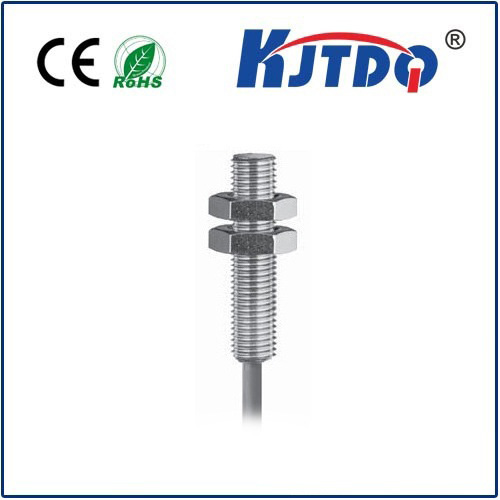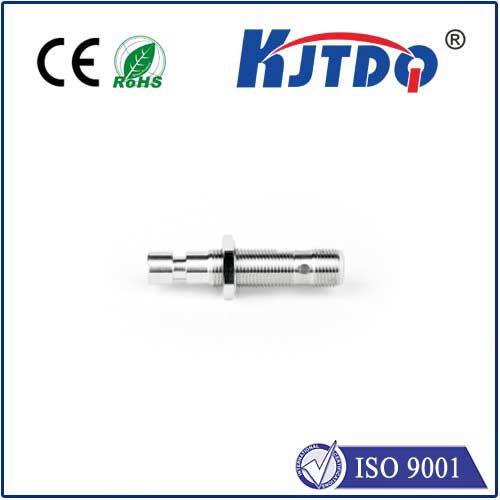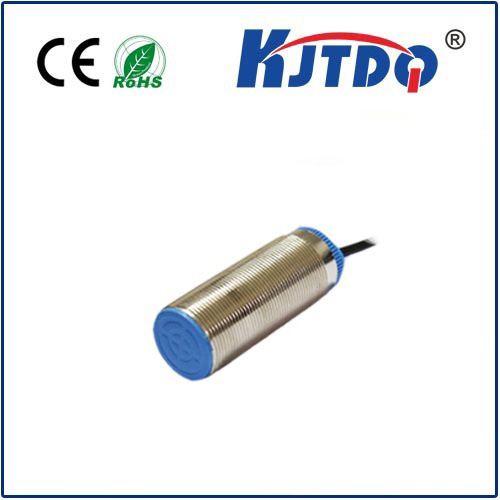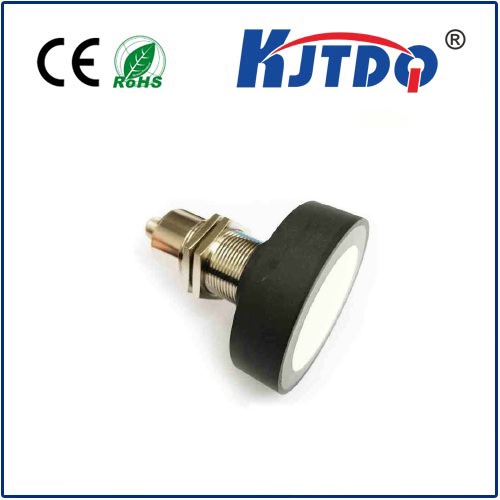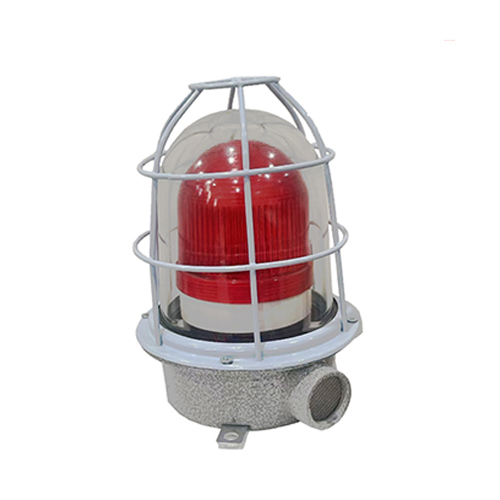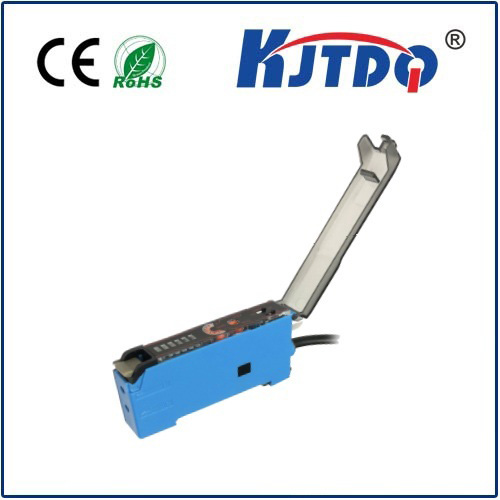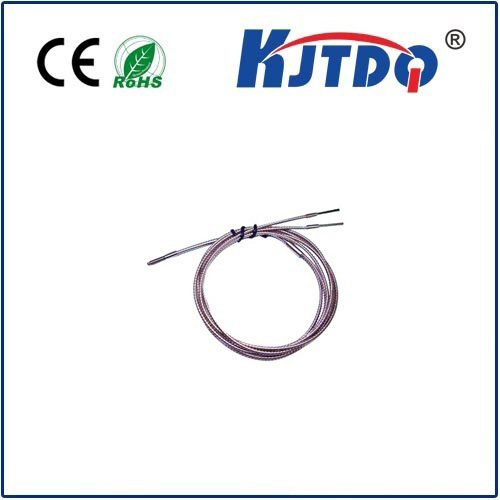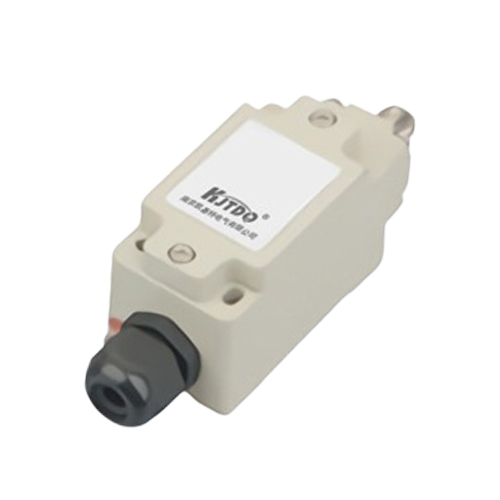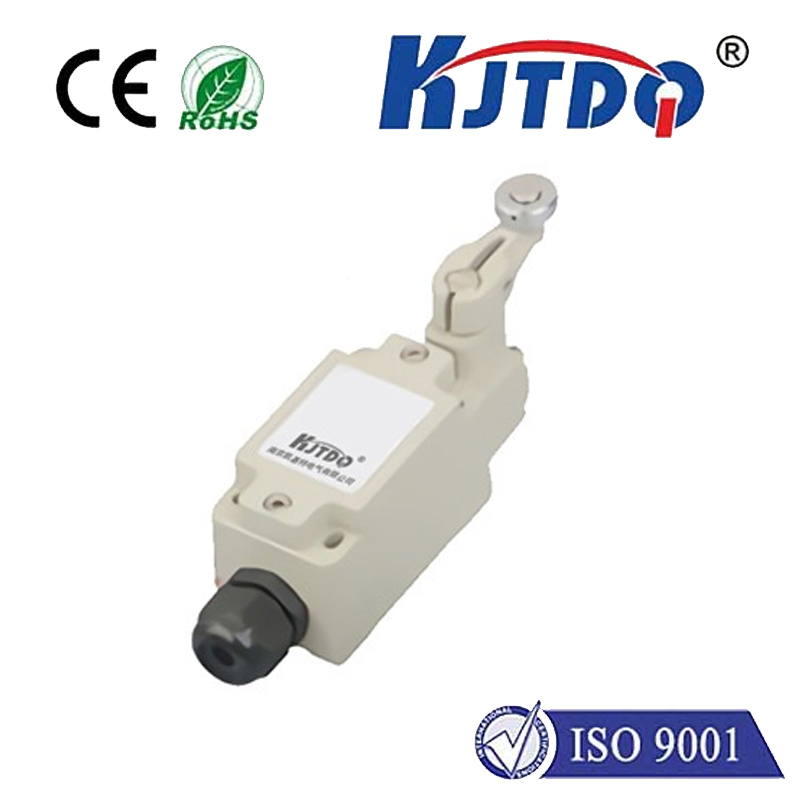

check

check

check

check

check

check

check

check

check

check
In today’s fast-paced industrial world, imagine a production line where every second counts, yet a false alarm or missed detection could halt operations and cost thousands. That’s where the E3RB-RP11 2M reflective photoelectric beam sensor steps in—a game-changer in automation and safety. Designed for precision and reliability, this sensor detects objects from afar without complex setups, making it an essential tool for industries ranging from manufacturing to security. But what exactly makes this device stand out? Let’s dive into its core features, applications, and why it’s redefining modern efficiency.
First, understanding the basics of reflective photoelectric sensors is key. Unlike through-beam sensors that require separate emitter and receiver units, the E3RB-RP11 operates reflectively. This means it houses both the light emitter (typically an infrared LED) and receiver in one compact unit. When activated, it projects a beam that bounces off a target object, and the receiver detects the reflection to signal presence or absence. This streamlined design eliminates alignment hassles, cutting setup time and reducing errors in crowded environments. The “2M” specification refers to its impressive 2-meter range, allowing long-distance detection where many compes falter. For instance, in a busy warehouse, sensors with shorter ranges might miss pallets at the end of an aisle, but the E3RB-RP11 handles such scenarios effortlessly, ensuring seamless workflow.

Delving into its unique features, the E3RB-RP11 shines through its robust build and versatility. Crafted for durability, it withstands harsh conditions like dust, moisture, and vibrations—common challenges in factories or outdoor installations. Easy integration is another highlight; users can mount it quickly using standard brackets, and with adjustable sensitivity, it adapts to varying object types, from reflective metals to non-reflective plastics. This adaptability stems from advanced optics and signal processing, minimizing false triggers from ambient light or background noise. In practical terms, picture an assembly line: the sensor detects parts moving on a conveyor, triggering actions like counting or sorting without human intervention. Here, the 2M reflective photoelectric beam sensor ensures accuracy even in high-speed operations, reducing downtime and boosting productivity. Moreover, its low power consumption makes it cost-effective over time, a critical factor for budget-conscious businesses.
The applications of the E3RB-RP11 are wide-ranging, demonstrating its value across sectors. In industrial automation, it’s indispensable for position sensing on robotic arms or quality control systems. For example, in automotive plants, it verifies door alignments during assembly, preventing defects that could lead to recalls. Beyond manufacturing, it enhances security setups like perimeter monitoring; a 2-meter range allows covering gaps in fences where intruders might slip through. Retail environments also benefit, where it counts items on shelves to manage inventory in real-time. Compared to mechanical switches or ultrasonic sensors, the E3RB-RP11 offers superior reliability and non-contact operation, avoiding wear and tear for longer lifespans. This versatility is why industries globally adopt it—with minimal training required for technicians, it integrates smoothly into existing systems.
What sets the E3RB-RP11 apart from other reflective photoelectric sensors? Its optimized range and performance strike a balance rarely seen in entry-level models. While shorter-range sensors are cheaper, they often compromise on reliability in complex settings. Conversely, high-end alternatives might extend to 5 meters but come with inflated costs and complex calibrations. The E3RB-RP11 fills this gap, delivering affordable precision for small to medium-scale projects. Key advantages include its resistance to interference—thanks to modulated light beams that ignore stray sources—and a compact form factor that fits tight spaces. Installation tips for this reflective photoelectric beam sensor involve positioning it at the right angle: angle it slightly downward to avoid false reflections from floors, and test in various lighting to fine-tune sensitivity. For maintenance, regular cleaning of the lens ensures consistent performance, as dirt buildup can scatter the beam. In essence, this sensor embodies innovation without overcomplication, making it a go-to solution for engineers seeking dependable, long-range detection.
Adopting the E3RB-RP11 is more than a technical upgrade; it’s an investment in future-proof operations. As industries embrace automation and IoT, this sensor supports connectivity via outputs like NPN or PNP transistors, feeding data into central systems for real-time analytics. This enables predictive maintenance, alerting teams before issues escalate. Overall cost savings emerge from fewer failures and reduced labor, with many users reporting ROI within months. For newcomers, starting with pilot tests in low-risk areas can build confidence. Ultimately, in a world demanding smarter, faster solutions, the E3RB-RP11 2M reflective photoelectric beam sensor stands as a testament to how simple innovations drive big efficiencies. Its blend of range, durability, and ease of use cements its role in today’s automated landscape.
